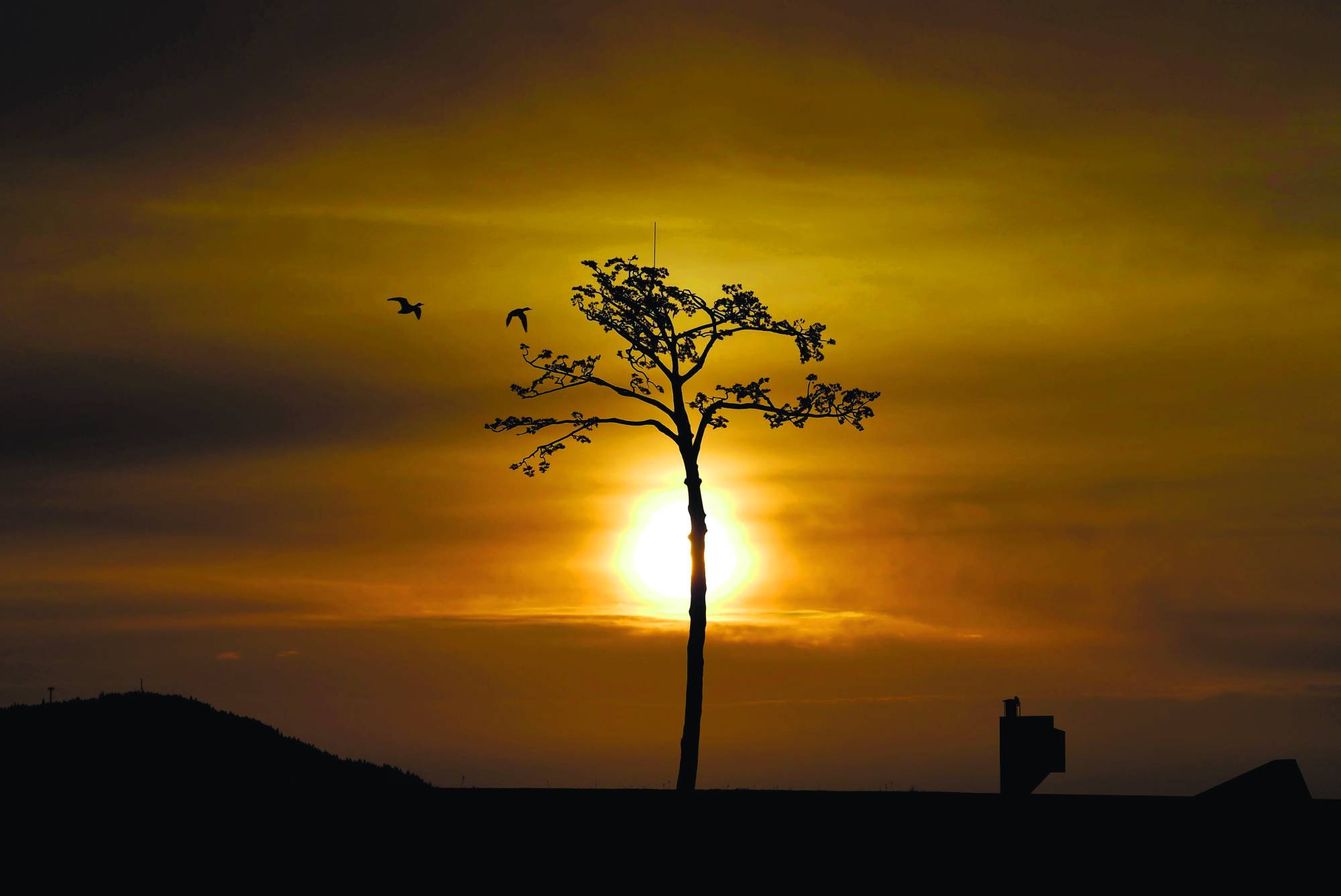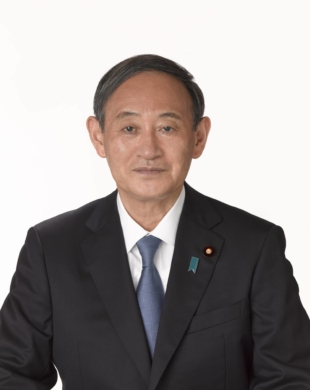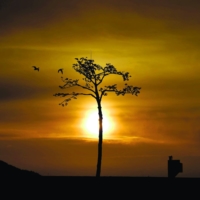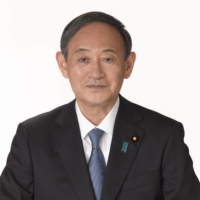March 11 marks the 10th anniversary of the Great East Japan Earthquake, which precipitated an unprecedented catastrophe. The 9.0 magnitude earthquake, the strongest ever recorded in Japan, was also the fourth-strongest worldwide since 1900. With its focus spanning a wide swath below the seabed, it triggered massive tsunamis that wreaked untold damage and devastation across a vast area, especially along Japan’s Pacific coast. The number of victims — those who died directly or indirectly as a consequence of the earthquake in addition to missing persons — exceeded 20,000, and approximately 400,000 houses were damaged or destroyed.
In response, 163 countries and regions, 43 international organizations and innumerable private organizations offered Japan a helping hand. Rescue teams from around the world performed lifesaving and first-aid activities in the wake of the quake. As we commemorate the 10th anniversary of the disaster, I, on behalf of the Japanese people, would like to express once again our sincere appreciation to all the people, countries, regions, international organizations, nongovernmental organizations and others that supported us.
By virtue of that goodwill, the disaster-ravaged areas made headway toward reconstruction, progressing step by step. Reconstruction has advanced tremendously thanks to this decade of efforts.
In the earthquake- and tsunami-stricken areas, to a great extent housing has been rebuilt, roads and railroads restored, and community development achieved. We will exert renewed effort to support those affected, including by providing psychological care and helping communities crystallize and flourish.
In the area affected by the nuclear disaster resulting from the Tokyo Electric Power Company Holdings Inc.’s Fukushima No. 1 nuclear power plant meltdowns, efforts toward reconstruction and revitalization have entered full swing. The government will continue to stand on the front line as it responds to outstanding challenges, working to prepare a living environment that facilitates the return of evacuees to their hometowns while also dispelling unfounded rumors.
To transform the experience of this catastrophe into lessons for the future, Japan, which has historically been prone to large natural disasters, has scrutinized the issues that emerged as the disaster was transpiring and in its aftermath, including in rescue and recovery operations, procurement and transportation of relief supplies, support for the affected and restoration and reconstruction. Tapping these experiences, it has incorporated them into its post-disaster response measures. The public and private sectors are working hand in hand to build up a disaster-resilient nation from a long-term perspective, utilizing drone technology in disaster-stricken areas, enhancing the earthquake resistance of buildings and forecasting disasters with the use of supercomputers, among other endeavors.
The Tokyo 2020 Olympic and Paralympic Games are scheduled to be held this year. We would like to make this an opportunity to showcase to the world our recovery from the Great East Japan Earthquake. We are pressing forward in our preparations for the games, determined to have them deliver hope and encouragement around the world, with all possible precautions in place to avoid the spreading of COVID-19.
As we mark the 10th anniversary of the disaster, we once again extend our appreciation for the support we received from all around the world. In reciprocation of the goodwill extended to us, we will accelerate our international cooperation in disaster preparedness, sharing the knowledge and technologies Japan has acquired as a result of the earthquake.






